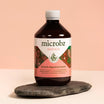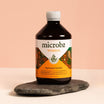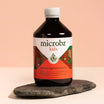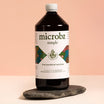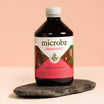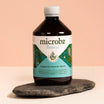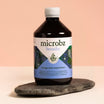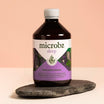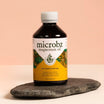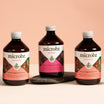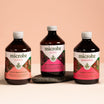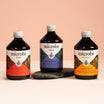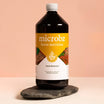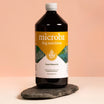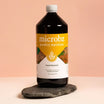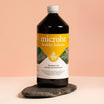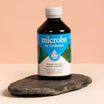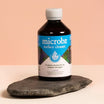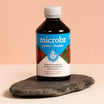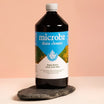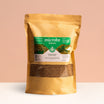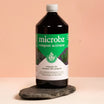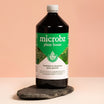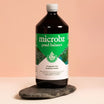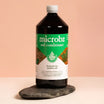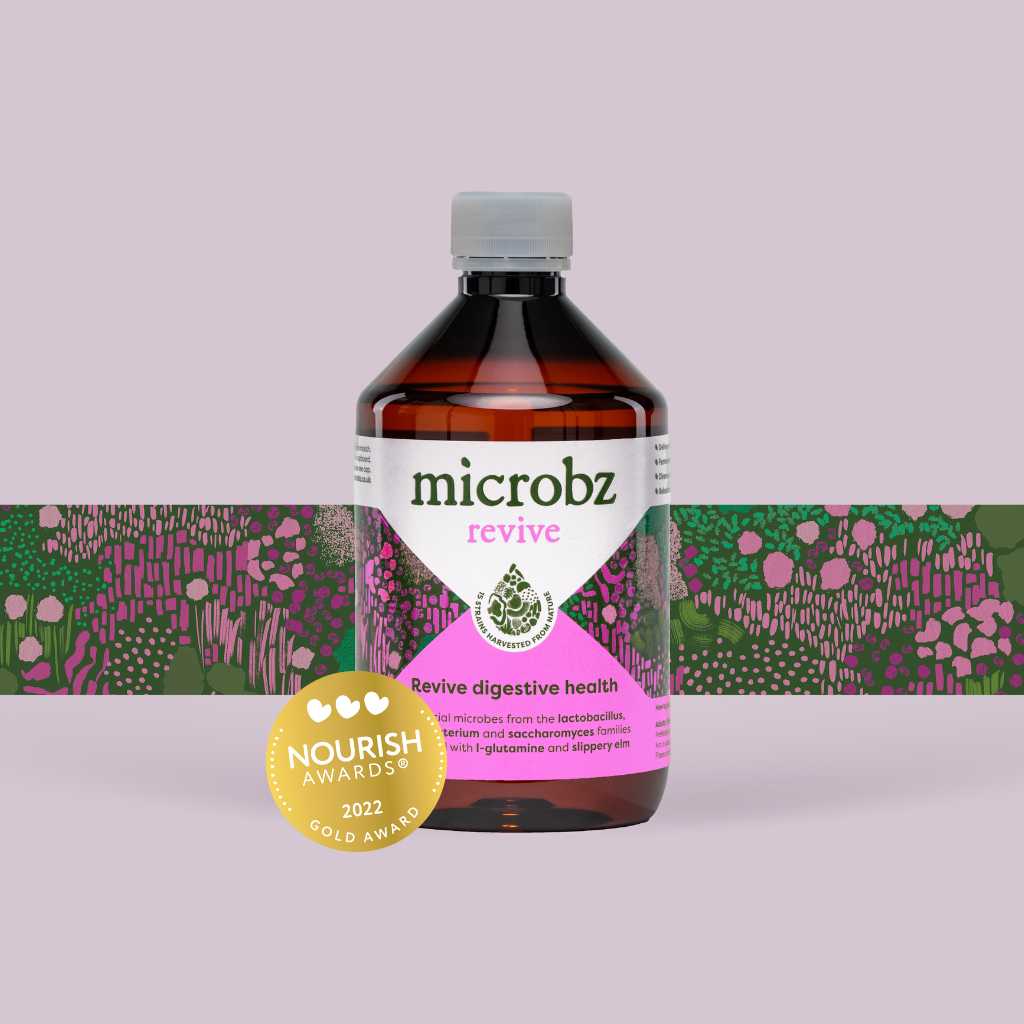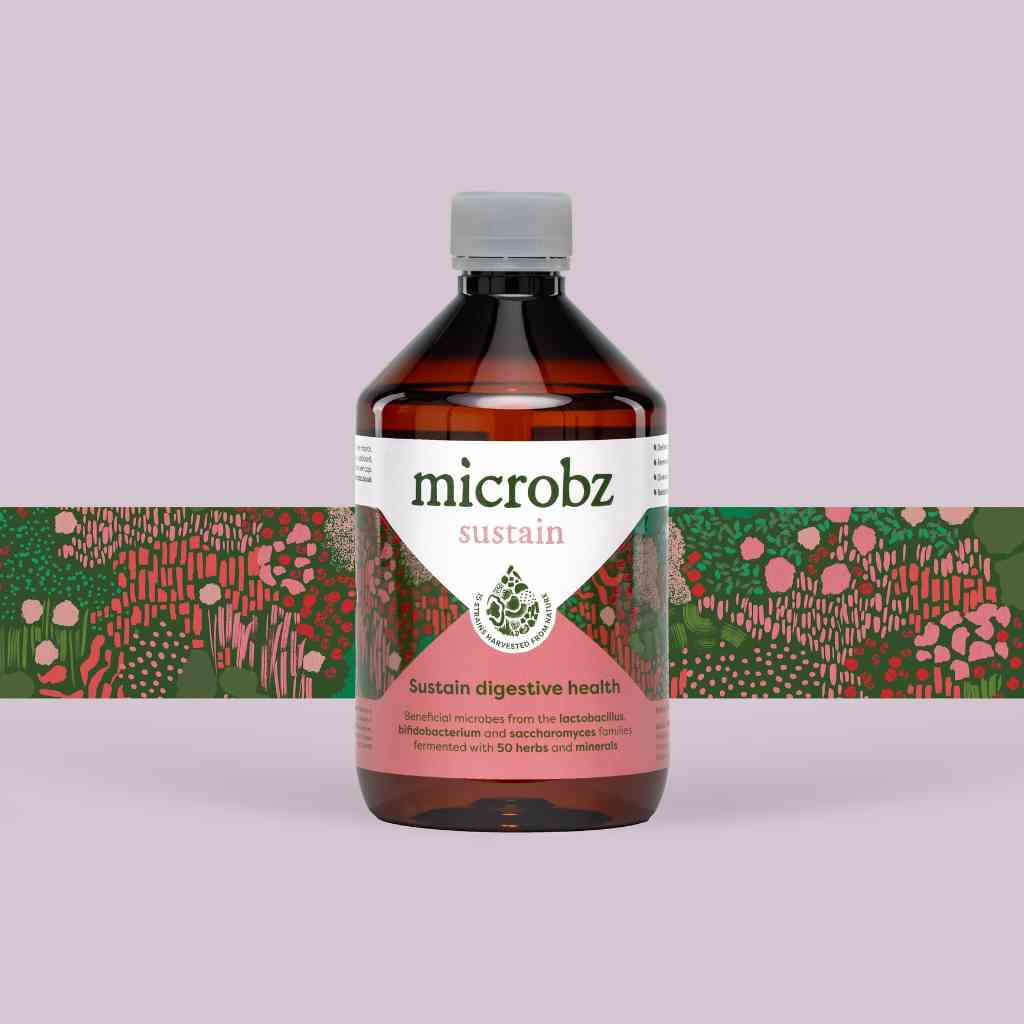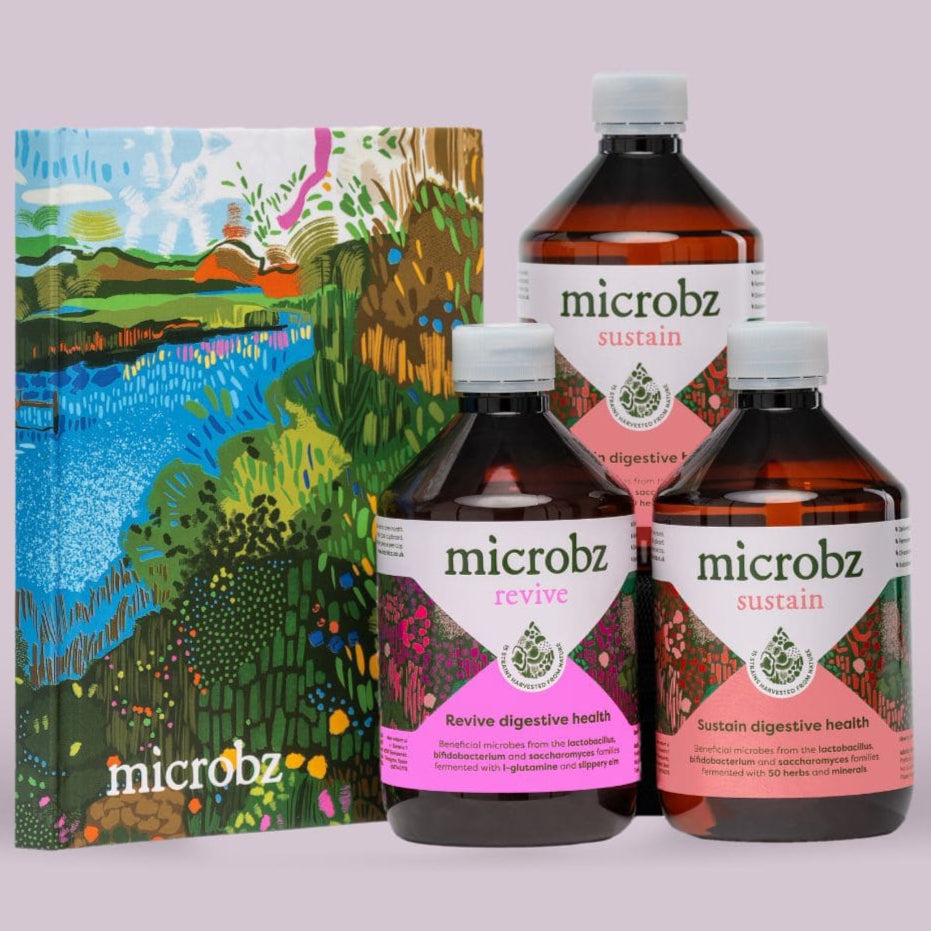Cayenne
Capsicum annum
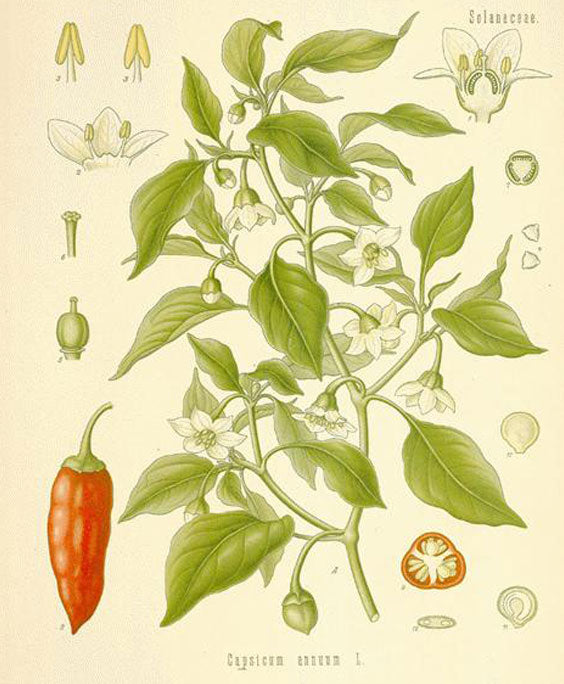
Family: Solanacae
Which probiotic is it in?: Cayenne is a key herb in Immunity
Habit and cultivation: Indigenous to Mexico and Central America but now grows world wide. Grown from seed taking 3 weeks to germinate. Compatible companion with tomatoes, but needing a longer season. Fertile, although not overly rich soil needed and should never be allowed to dry out. Can be grown in pots both inside and out, but note they are susceptible to mites indoors. Drought and frost tender. N.B: Some people may be burnt by handling the peppers. Burning sensation increases with contact with water and is relieved by cold fresh milk.
Actions (known for): Adjuvant, analgesic,antiseptic (gastrointestinal tract), carminative, circulatory stimulant, counter-irritant, decongestant, diaphoretic, digestive tonic, metabolic stimulant.
History of Cayenne
Parts used from the Cayenne
The whole ripe fruit.
Constituents (bio available chemicals):
Alkaloids: 0.1-1.5%. Flavonoids, Carotenoids including carotene, Volatile oil, Steroidal saponins: capsaicinoids (in seeds only).
Nutritional constituents:
Vitamins: A, C and B-Complex. Minerals: Iron, calcium, potassium, phosphorus and sulphur. Carotenes include- beta-carotene (abundant in supply), lutein, zeaxanthin.
Indications:
Arthritis, impaired peripheral circulation, diabetic foot pain, digestive weakness, hypochlorhydia, intermittent claudication, myalgia. Topically: neuralgia
Dosage:
Liquid extract (1:2): 1-3ml per week. Dried herb (cayenne powder): as an infusion. 1/4-1/2 tsp added to 1 cup of boiling water. Topical cream: (standardised to 0.025%-0.075% capsaicin) applied directly to affected area.
British Herbal Pharmacopoeia
Cautions for therapeutic doses
Not for gastric hyperactivity or on mucous membranes. Redness, irritation, stinging or burning sensations occur in at least 30% of people using topical capsaicin preparations. Allergic reactions have been reported on occasion.



